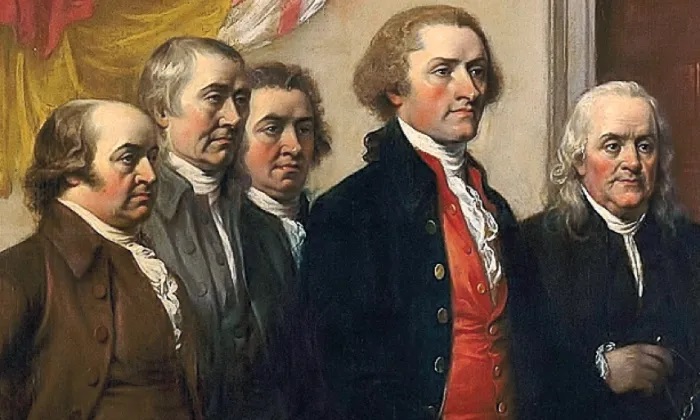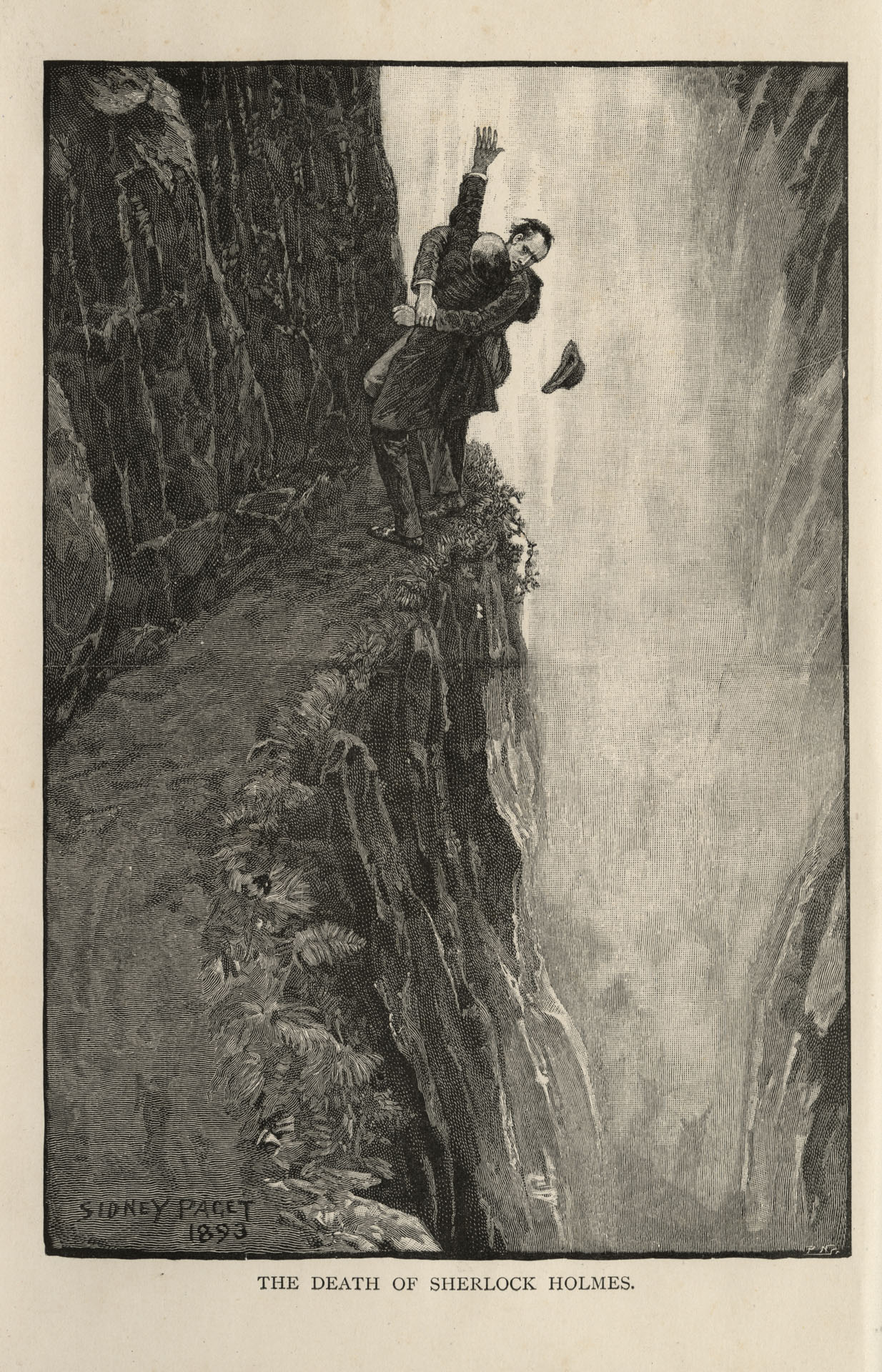The Will Smith movie, Concussion, is about the brutal reality the National Football League continues to ignore.

It’s also the story of one man’s ethically courageous attempt to bring critical attention to what he uncovered and what is now called C.T.E. – Chronic traumatic encephalopathy.
Boston University’s C.T.E. Center defines the condition as “a progressive degenerative disease of the brain found in athletes (and others) with a history of repetitive brain trauma, including symptomatic concussions as well as asymptomatic subconcussive hits to the head.
“C.T.E. has been known to affect boxers since the 1920s. However, recent reports have been published that have neuropathologically confirmed C.T.E. in retired professional football players and other athletes who have a history of repetitive brain trauma.”
And here’s the most sinister aspect of this disease.
“These changes in the brain,” The Center notes, “can begin months, years, or even decades after the last brain trauma or end of active athletic involvement. The brain degeneration is associated with memory loss, confusion, impaired judgment, impulse control problems, aggression, depression, and, eventually, progressive dementia.”
C.T.E. can rob athletes of anything approaching a normal life. It ruthlessly and effectively steals their friends, their family, their minds and ultimately, their lives. Ask Gina and Sydney Seau, the wife and daughter of linebacker Junior Seau, who took his own life at 43. Seau knew there was something wrong with him but doctors and the NFL ignored it.
The man who dared open the door to C.T.E. is Dr. Bennet Omalu. The Nigerian-born forensic pathologist studied both Seau and Dave Duerson and concluded that both suffered from C.T.E.. He tries to explain the issue by way of a comparison.
“All of these animals have shock absorbers built into their bodies. The woodpecker’s tongue extends through the back of the mouth out of the nostril, encircling the entire cranium. It is the anatomical equivalent of a safety belt for its brain. Human beings? Not a single piece of our anatomy protects us from those types of collisions. A human being will get concussed at sixty G’s. A common head-to-head contact on a football field? One hundred G’s. God did not intend for us to play football.”
Yet, despite Omalu’s evidence, the NFL and most recently, the NHL, continue to ignore it.
And the players?
C.T.E. is the Faustian bargain some players make in exchange for a few years of fame and money.
In taking his science to other colleagues in sports medicine, Omalu has no idea what he’s up against.
“The NFL owns a day of the week,” the eminent pathologist Dr. Cyril Wecht, Omalu’s boss explains. “The same day the Church used to own. Now it’s theirs.”
Message: You don’t attack the church of the NFL, period.
When a congressional committee tries to intervene, the representatives get a similar level of denial the seven tobacco companies offered about nicotine addiction.
Congressman: Is there any link between head injuries and professional football players?
Goodell: The NFL, it’s an entertainment product.
Congressman: When did you become aware of the concussion issue?
Goodell: This is an evolving science.
Congressman: Commissioner Goodell, I asked you a simple question.
The NFL’s reaction to the film?
“Five days before the movie Concussion hits theaters,” reporter Jenny Vrentas writes (Dec. 23, 2015), “one of the NFL’s brightest young stars took a running start and launched himself head-first at the earhole of an opponent’s helmet.
“This was one of three unnecessary roughness fouls Odell Beckham Jr. received during a loss to Carolina on Sunday afternoon, and on Monday, the 23-year-old receiver was suspended for the Giants’ Week 16 game. The NFL reprimanded Beckham for initiating ‘forcible contact’ with the head of a defenseless player, Carolina cornerback Josh Norman, putting Norman at unnecessary risk for injury. In other words, the very kind of collision that football at all levels is trying to avoid.”
But listen to how teammate Thomas Davis characterized the hit.
“That’s a selfish play, something that as a player you can’t allow to happen. It probably wasn’t a situation where [an injury] could have happened from it, but at the same time, as players we have to be smarter about not using our helmets to make contact.”
“When [Junior Seau’s] induction was announced at the Super Bowl,” The New York Times reports (July 24, 2015), “his family rejoiced and started thinking about what to say at the ceremony in Canton, Ohio, on Aug. 8. Seau had told them that if he ever made it, he wanted his daughter, Sydney, to introduce him.”
But the Hall of Fame announced that it did not plan to let Sydney or anyone else speak on Seau’s behalf. Instead, it will show a video commemorating his career, while avoiding questions about the findings of C.T.E. by Dr. Omalu.
In an open letter to fans on Wednesday (Sept. 14), Commissioner Roger Goodell said that the NFL is “establishing an independent, scientific advisory board comprising leading doctors, scientists and clinicians to engage in a clear process to identify and support the most compelling proposals for scientific research into concussions, head injuries and their long-term effects.”
At the end of his letter, Goodell writes:
“It all comes down to one overriding priority: the health, safety and well-being of every player.”
There was no mention of Dr. Omalu or his work being a part of that “independent, scientific advisory board.”
Comments









